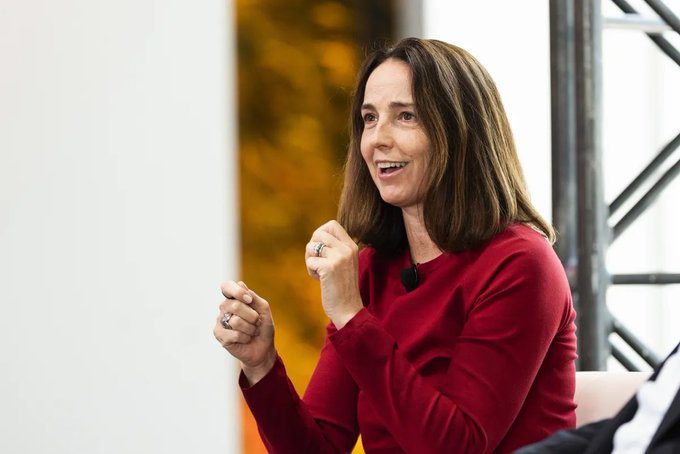OpenAI’s Vision for Premium AI Subscriptions
OpenAI’s Chief Financial Officer, Sarah Friar, recently expressed confidence that business users will be willing to pay thousands of dollars monthly for advanced AI tools. This statement comes amidst discussions within OpenAI about introducing higher-priced subscriptions for their upcoming large language models, including the reasoning-focused Strawberry and a new flagship model called Orion. These models are expected to offer enhanced reasoning and deep research capabilities, making them highly valuable for businesses that rely on cutting-edge AI technology.
OpenAI’s current subscription model, ChatGPT Plus, costs $20 per month and has amassed over 200 million weekly active users. The proposed new subscription plans could be priced as high as $2,000 per month, reflecting the significant advancements and specialized capabilities of the new models. This move is part of OpenAI’s strategy to maintain its leadership in the AI industry and continue its rapid growth trajectory.

Why OpenAI Needs Substantial Funding
The shift towards higher-priced subscriptions is also driven by OpenAI’s escalating expenses. The company, which began as a nonprofit research lab, is now facing the need to raise billions of dollars in additional funding to sustain its operations and continue its ambitious AI research and development projects. OpenAI’s executives believe that transitioning to a for-profit structure will make the company more attractive to investors.
OpenAI’s computing costs are projected to grow sevenfold by 2029, with annual expenses expected to reach $37.5 billion. This significant increase in costs underscores the need for continuous cash infusions and highlights the financial challenges associated with developing and maintaining advanced AI models. The company’s recent improvements in ChatGPT, including enhanced reasoning through math, science, and computer programming problems, demonstrate its commitment to pushing the boundaries of AI capabilities.
The Commoditization of AI
The AI industry is witnessing rapid commoditization, with generative AI tools becoming more accessible and affordable. However, this trend also brings challenges, as companies must balance the need to offer competitive pricing with the necessity of sustaining profitability. OpenAI’s decision to introduce premium subscription plans is a strategic response to these market dynamics, aiming to offer high-value, specialized AI tools that justify the higher price points.
California’s SB 1047, which requires labeling AI-generated content, is an example of the evolving regulatory landscape that AI companies must navigate. As AI technology becomes more integrated into various industries, regulatory compliance and ethical considerations will play an increasingly important role in shaping the market.
OpenAI’s Strategic Partnerships and Investments
OpenAI’s success is also attributed to its strategic partnerships and significant investments. The company has received substantial funding from investors such as Thrive Capital, Microsoft, NVIDIA, SoftBank, Khosla Ventures, Altimeter Capital, Fidelity, and MGX. These partnerships have provided OpenAI with the resources needed to develop and deploy its advanced AI models.
Microsoft, in particular, has been a crucial partner for OpenAI, offering significant support through its Azure cloud platform. This collaboration has enabled OpenAI to leverage Microsoft’s extensive computing infrastructure, facilitating the development of large-scale AI models and services.

Challenges and Future Outlook
Despite its impressive growth and technological advancements, OpenAI faces several challenges. The company’s accelerating expenses and the need for continuous funding highlight the financial pressures associated with maintaining its leadership position in the AI industry. Additionally, the competitive landscape is becoming increasingly crowded, with companies like Google, Microsoft, and Anthropic also investing heavily in AI research and development.
Elon Musk’s criticism of OpenAI for turning its back on its nonprofit roots and monopolizing the generative AI market further underscores the ethical and competitive concerns in the industry. As OpenAI continues to innovate and expand its product offerings, it must navigate these challenges while ensuring that its AI tools deliver tangible value to its users.
Related Articles
- Top 5 AI Finance and Business Tools for 2024
- Amazon’s Strategic Move: Why Acquiring Anthropic Makes Sense
- 60 AI Tools to Start Your $6,000/Month Online Business in 2025
- InstantArt.io
- Top 5 Best AI Tools for Business
Looking for Travel Inspiration?
Explore Textify’s AI membership
Need a Chart? Explore the world’s largest Charts database
